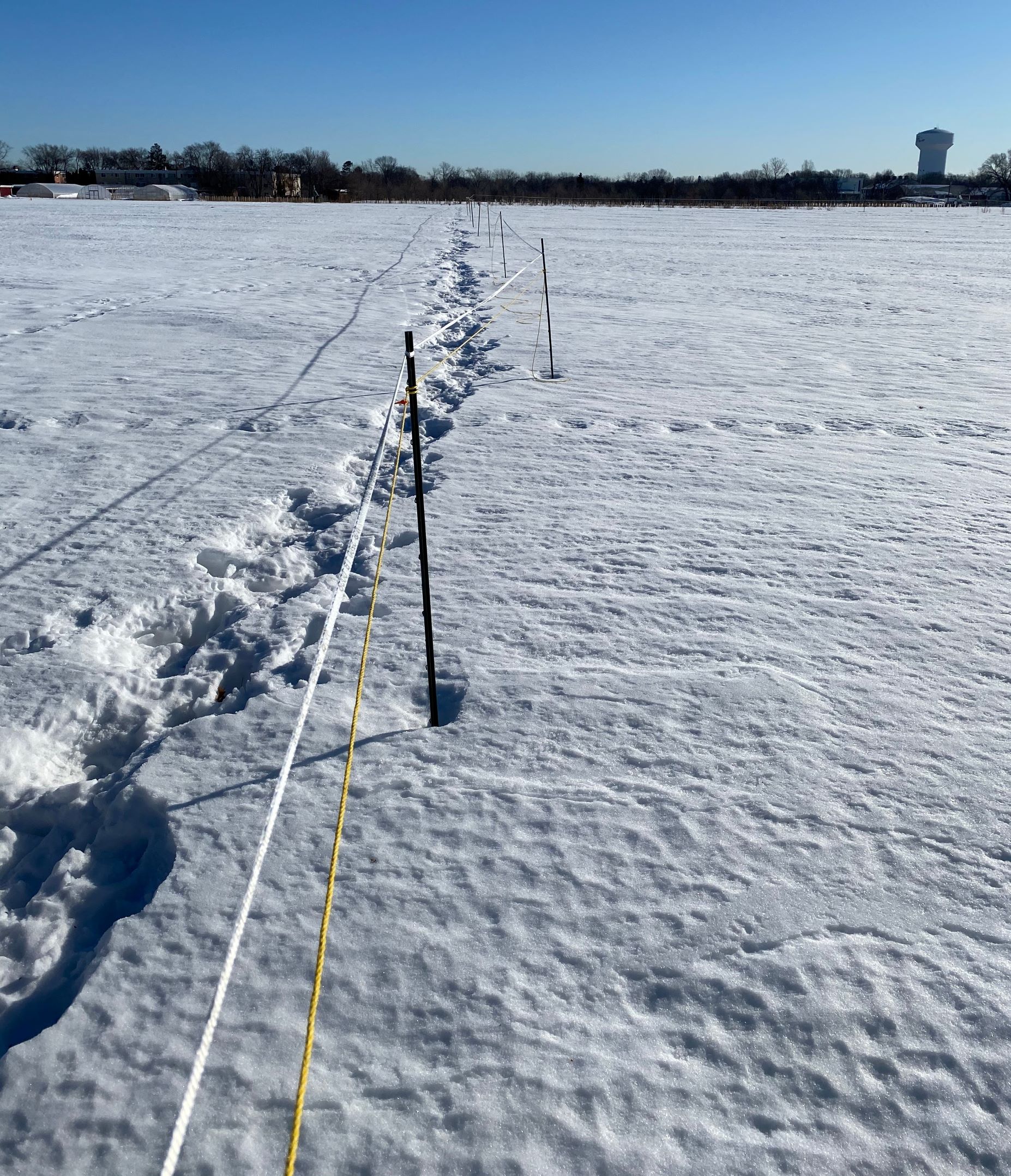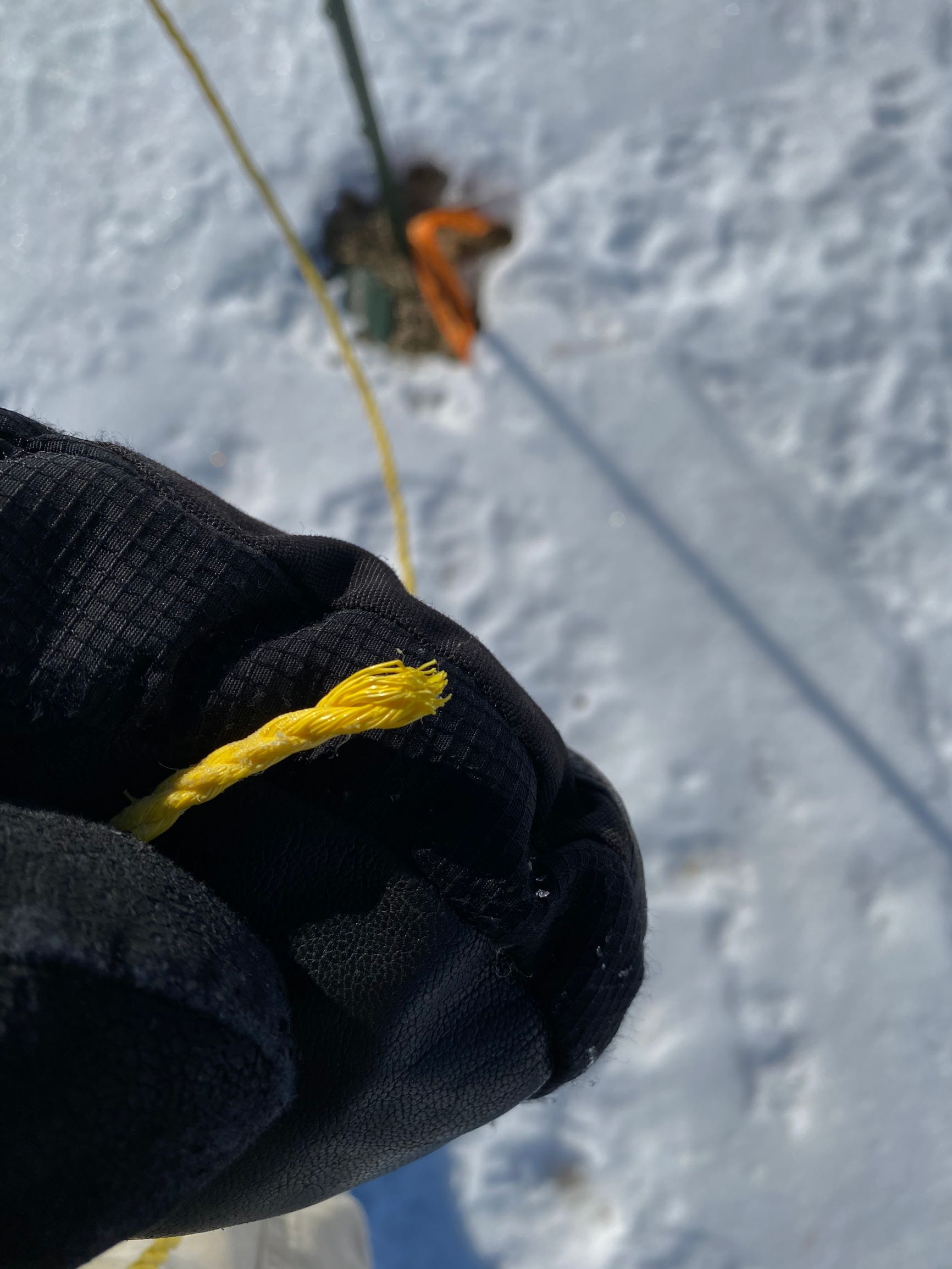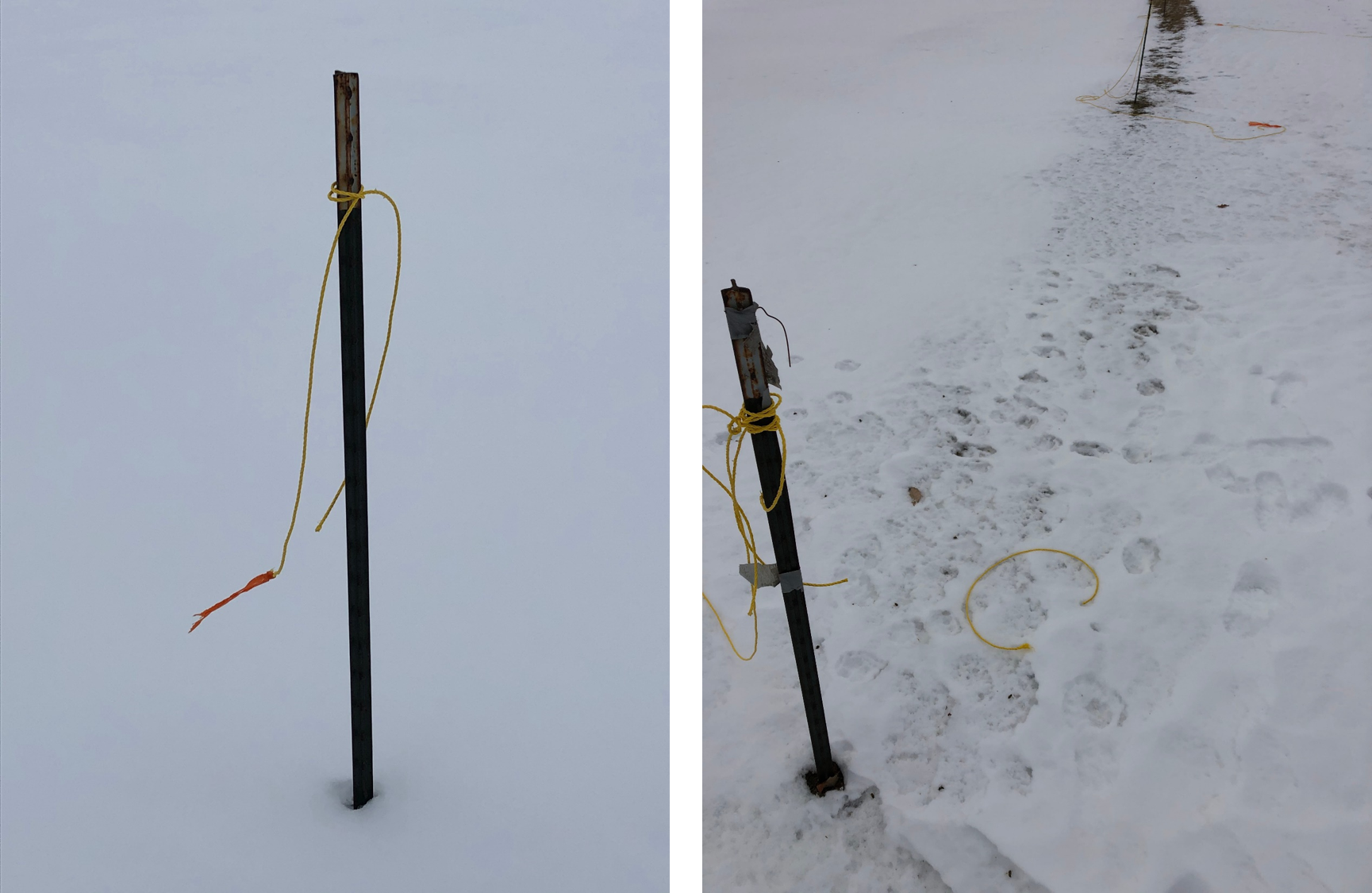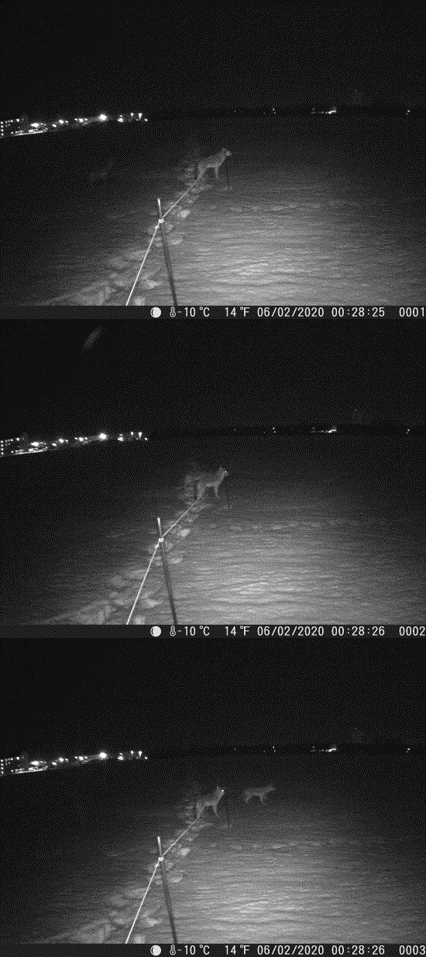By Andrew Hollman
For some people, winter and snow cover might be a welcome relief from maintaining a yard and lawn.
At the University of Minnesota we are lucky to have research space right on campus, but this does present some other challenges. On the St. Paul campus the research fields are accessible to students and the community; sometimes we need to remind people that the large grass areas in the research fields are research and not a place to play with your dog or practice your golf short game. At TROE, after multiple failed attempts to prevent people from destroying the fence that separates the research center from the park, we installed a mulched path to direct walkers to a route that would avoid research.
During the few months when the ground isn’t blanketed with snow, a few reminders and visual cues help keep people from inadvertently damaging the research. Once the snow and cold temperatures arrive, where the research is and that turfgrass is a perennial crop slips from people’s minds. Paths can quickly form cutting across fields to shorten someone’s exposure to the elements (Figure 1). This inevitably leads to packed snow and ice and a dead or damaged path running through a research trial.
This issue has led us to run ropes around the research fields to mark off areas where we would like people to stay out. This has worked well in the past with the ropes having to be fixed a couple times during the winter. At the Les Bolstad golf course, a similar tactic is used to keep skiers and snow shoers off the putting greens, but the superintendent was having to fix ropes daily. When looking at the damaged ropes, it appeared they had been cut with a knife or a scissors (Figure 2).
We were at a loss as to why someone would do something like this. It especially perplexed me when every section of rope surrounding a 1-acre research plot was cut multiple times with only small sections left attached to each pole (Figure 3). Looking around the plots there were plenty of footprints and tracks but no clear evidence of someone walking through the plots.
When talking to a former colleague, the culprit for this damage was hypothesized to be a coyote. He mentioned that plenty of other superintendents have had issues with them damaging the green and white ropes that are sometimes used on courses to direct golfers to stay out of areas. I could see this happening since they are low to the ground and would definitely be at contact height with a coyote going through the area. The ropes around the research areas are 3 -to-4 feet off the ground. Having seen coyote tracks running under and through our research plots with ropes that were undamaged, I didn’t suspect them.
My interest was piqued though, so I set up a field camera in an area where I knew they repeatedly ran. The rope in that area had previously been destroyed but was replaced with new rope. At 5 pm the rope was intact but by 6 am the next morning it was cut. Review of the time lapse photos showed a pair of coyotes (Figure 4). One standing still (likely biting through the rope) while the other moved through the damaged area. With these images I was confident I had identified the culprit. Knowing that the damage was most likely from some coyotes using the rope as a chew toy or being annoyed that it blocked a straight run back to their den, was much easier to deal with than the thought that someone was intentionally destroying our ropes. Unfortunately, the ropes still needed to be fixed to keep the human paths from developing. A new rope/ribbon with increased flexibility replaced the rope and wasn’t damaged. This upcoming winter we hope this new barrier will prevail the whole season without damage from coyotes.



